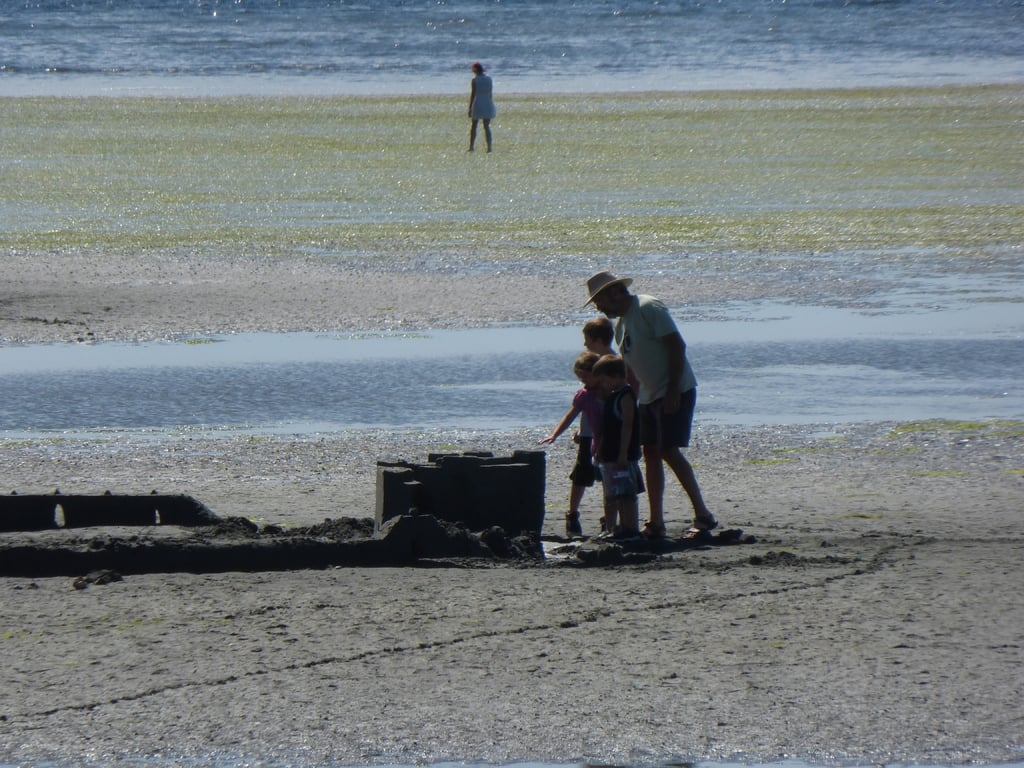
Math at the Beach
thingiverse
This collection showcases various tools designed to enhance sand castle designs with mathematical precision. It comprises five distinct categories: Rollers, Mathematical Shape Molds, Polygon Cookie Cutters, Bucket Molds, and The Sigil. 1. Rollers: These devices add texture to the sand, featuring a hole in the middle that fits onto a paint roller handle. A wide range of brick patterns covers most wall paper groups and all frieze groups. Frieze group rollers are shorter and more subtle, with elevation creating desired symmetry. Two rollers are based on space-filling Hilbert curves, producing a labyrinthine design, while another features an arch doorway and windows with the same shape. 2. Mathematical Shape Molds: These molds incorporate fractal ideas, but simpler designs have been completed, such as one inspired by the abacabadabacaba pattern related to binary counting and featuring merlons with heights connected to this pattern. 3. Polygon Cookie Cutters: These cutters feature shapes like hexagons and triangles that can be used to create designs on sand castle walls. The arch doorway and windows have a shape similar to the space-filling Hilbert curve, while the lintel has a point derived from a hyperbolic sine of an absolute value function. 4. Bucket Molds: Classic sand castle molds are shaped buckets filled with sand, packed down, and then flipped upside down to remove the sand. One design features merlons with heights related to the abacabadabacaba pattern, while another is called "Twin Hills," a parabolic hyperboloid with exponential bumps. 5. The Sigil: This is the contour plot of the Twin Hills, which survived from the original flat designs and can be pressed into the sand to create a unique design. At Birch Bay Washington, the author visited the beach three times to test these designs and see what could be achieved. Each visit involved constructing an ellipse in the sand using screwdrivers and string, with different shapes placed inside or on top of it. The third day saw the construction of both an ellipse and a hyperbola, which determined the moat and roads entering and exiting the castle. This setup provided ample space for people to experiment with the various designs. The goal of this project was to make people appreciate mathematics by incorporating it into sand castles in a visually appealing way. By doing so, it enhanced their beach experience and might have even inspired a love for math in some children who participated.
With this file you will be able to print Math at the Beach with your 3D printer. Click on the button and save the file on your computer to work, edit or customize your design. You can also find more 3D designs for printers on Math at the Beach.
